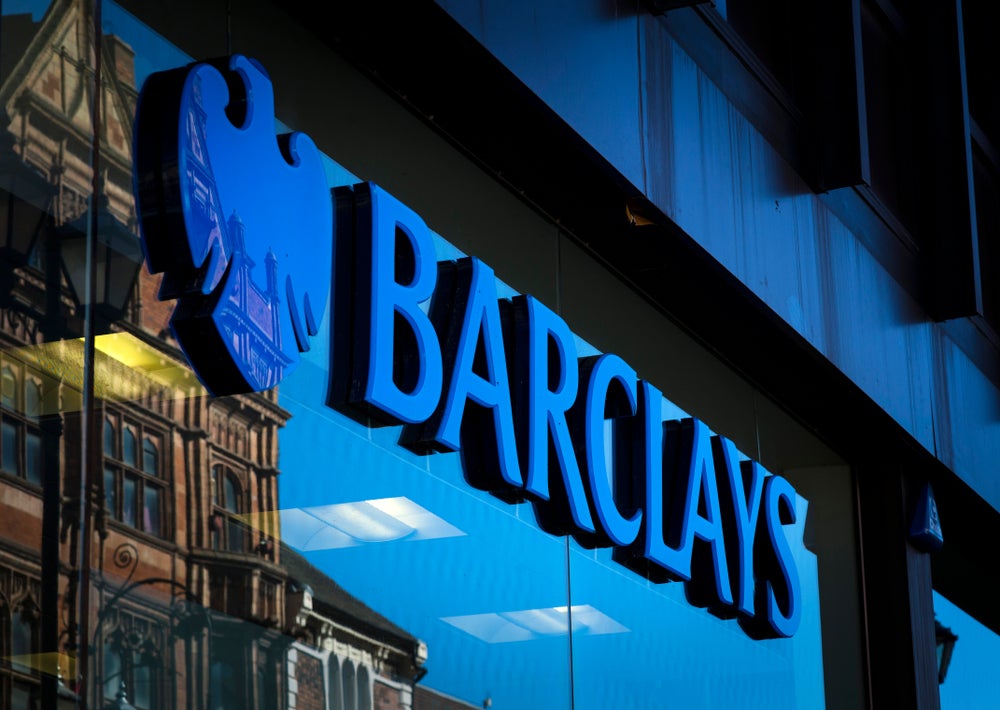
To enable quick digital transformation and at scale, many incumbent banks start either by building or acquiring a new bank. The new bank runs primarily as a niche proposition for a certain demographic of customers considered most at risk by the parent.
Listed below are the leading incumbent-owned banks in digital banking, as identified by GlobalData.
Leading incumbent-owned banks in digital banking
Buddy bank (UniCredit)
In 2018, UniCredit launched Buddy bank, a digital sub-brand, in its home market of Italy. The mobile-only bank was built on a modular platform, using APIs that gave it the ability to connect directly with both financial and lifestyle-oriented third-party services, including credit card providers, taxi-hailing apps, and holiday bookings.
BankMobile (Customers Bank)
Customers Bank launched BankMobile, which offers no-fee savings and checking accounts for underbanked and middle-income households, in 2015. Since its inception, it has opened approximately two million accounts from nearly 800 colleges and universities across the US.
ImaginBank (CaixaBank)
In 2016, CaixaBank, one of the biggest banks in Spain, launched ImaginBank, a mobile-only bank that uses social media (Facebook and Twitter) to interact with customers. The core product is a free current account with debit card, free payments and transfers, and the ability to send money to an ATM.
Discovery Bank
Discovery, an Insurer, launched what it claims is the world’s first “behavioural” bank, focused not on transactions, but on helping customer make better decisions. It has a Vitality points reward scheme, already two million customers, and 300,000 holders of its credit card.
How well do you really know your competitors?
Access the most comprehensive Company Profiles on the market, powered by GlobalData. Save hours of research. Gain competitive edge.

Thank you!
Your download email will arrive shortly
Not ready to buy yet? Download a free sample
We are confident about the unique quality of our Company Profiles. However, we want you to make the most beneficial decision for your business, so we offer a free sample that you can download by submitting the below form
By GlobalDataDigibank (DBS)
In April 2016, DBS launched Digibank, including an intuitive budget optimiser, an AI-powered virtual advisor, paperless account opening in less than 90 seconds, and extremely simple workflow for those most common banking tasks (payments, transfers, balance checking). In its first four months Digibank acquired 250,000 customers.
Liv (Emirates NBD)
Launched in 2017, this mobile only bank offers a “life-style” first banking experience targeted at millennials. Liv offers instant fully digital account opening, curated and personalised content, social media based money transfers, customisable goal based savings accounts and gamification.
mBank (BRE Bank)
mBank was built in 12 months from a blank sheet of paper, based on a gap analysis of best-in-class online retailers, and launched in 2013. It includes fully integrated money management with more than 90% spending categorisation accuracy, game mechanics, fully digital applications for all products, video banking, and real-time customer relationship management (CRM).
Pepper (Bank Leumi)
One of the few digital banks that gives users an actual checkbook (delivered by courier). Offers a credit card, Pepper Pay, a savings account, Pepper Invest, personal loans, and PFM tools. The Personal Feed provides a dashboard summary of the account and recent transactions, and includes fun questionnaires and other articles.
Hello Bank (BNP Paribas)
Hello Bank launched in France in 2013. It is a mobile-first bank offering account services and other banking products. Currently, the bank operates in six countries: France, Germany, Italy, Belgium, Austria, and the Czech Republic.
Widiba (BMPS)
Launched in 2014 by the world’s oldest surviving bank, Widiba offers current and savings accounts, prepaid, debit, and credit cards and money management. In 2016, the bank launched a new AI conversational interface, Widdy, using Artificial Solutions’ Teneo’s platform.
Openbank (Santander)
Openbank has been around since 1995, but went through a complete overhaul and rebrand in June 2017. It operates as an independent subsidiary of Santander, with 130+ staff based in a consolidated office in Madrid. It targets the professionals segment with current accounts, savings, investment and wealth management and lending products.
Frank (OCBC)
Frank, as the name implies, offers a no-nonsense approach to banking. No initial deposit required, no fees, no minimum balance, and available to anyone 16 years and older. The bank offers spending categorisation, budgeting, savings goals, and payments and transfers, all on mobile. OCBC already controls 26% of the total youth market in Singapore.
Marcus (Goldman Sachs)
Goldman Sachs entered the retail banking market in the US with a personal loan product in 2016, followed swiftly by a high-interest savings account, both under the Marcus brand. It was web only (with no mobile app). By September 2018, the Marcus brand had accumulated $20m in deposits and issued $3m in loans.
Finn (JP Morgan)
Launched in mid-2018, Finn offers remote check deposit, peer-to-peer payments, money transfer and bill pay, but with a look and feel quite unlike its parent. Customers can still access their account in a branch or through Chase.com – especially if they lose their mobile phone – but Chase is piloting the application in St. Louis because the city has no branches.
GoBank (Green Dot Bank)
Toward the end of 2014, Green Dot Bank announced the roll out of GoBank. GoBank doesn’t charge overdraft fees, minimum balance fees, or monthly fees with qualifying direct deposits. It includes a point of sale decision support feature, “Fortune Teller”, which tells customers if they can afford an item based on anticipated incomings and outgoings.
Greenhouse (Wells Fargo)
A mobile app that delivers personalised money management advice to Millennials. Customers can open accounts entirely within mobile devices. Combining AI technology, in-house software, and third-party applications, Greenhouse analyses customer behaviour and offers predictive insights to help customers manage their money.
Simplii Financial (CIBC)
Simplii was founded in 2017, when CIBC and the supermarket chain, Loblaw Companies, ended their 20-year joint venture that provided consumer banking services under the President’s Choice Financial brand. Simplii offers checking accounts, mortgages, loans and basic investment products.
TMRW (United Overseas Bank)
New digital bank launched on the 1st March 2019 focused on needs of young professionals around money management and saving. The bank uses much of the core banking technology of the parent. The bank launched with a bundled current account and credit card combined to deepen engagement.








